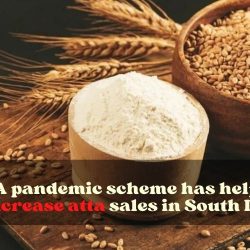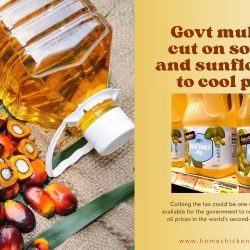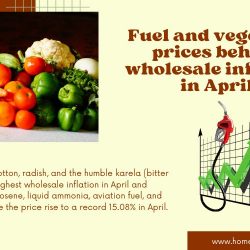5 Health Risks of Eating Too Fast: Sure, eating fast can lead to gaining weight. But did you know that it may also add to your risk for diabetes, heart disease, and stomach problems?
Check out any restaurant, and you’re probably going to see in any event a portion of the burger joints chowing down like it’s the most recent 30 seconds of a speed-eating challenge. Eating is one of life’s extraordinary delights. So for what reason are such large numbers of us hurrying to get past it? Indeed, you can get past dinners faster and save yourself a brief period. Be that as it may, would you say you are seriously putting your health at risk by overeating fast?
Frequently, fast eating is only one piece of a general fast way of life. If you’re continuously working, playing, strolling, talking, and driving in pick up the pacing mode, it’s not difficult to fall into the propensity for eating that way. However, this propensity includes some significant pitfalls: Wolfing down your food not just cheapens the delight of a decent dinner. It might likewise negatively affect your well-being. Eating too fast accompanies an entire host of well-being dangers, and neglecting to take as much time as necessary could endanger you creating a genuine medical issue.
Weight
Fast eating is related to an increased gamble of being overweight or hefty. So it’s nothing unexpected that both biting less and eating rapidly have been connected to devouring more food and calories.
Indeed, even a few minutes after a feast closes, Fast eating might in any case have an effect. In one review, members who scarfed down lunch felt hungrier a short time later, contrasted with the people who ate at an all the more relaxed pace.
Diabetes:
Fast eating in itself doesn’t cause type 2 diabetes. Yet, possible routinely rushing down your food could give your body an additional poke that way. In a huge report, moderately aged people without diabetes who said they were quick eaters were at expanded risk for insulin opposition. This condition, wherein the body doesn’t utilize insulin really, may prompt diabetes over time.
Metabolic Syndrome:
Insulin resistance is firmly connected with the metabolic disorder — a group of variables that increment the gamble of creating diabetes, yet additionally coronary illness and stroke. One review included almost 9,000 individuals, ages 40 and up, who didn’t have the metabolic disorder at the start. Over the course of the following three years, quick eaters were bound to foster metabolic conditions more than the individuals who ate all the more slowly.
Gastritis:
Quick eating has additionally been connected to erosive gastritis — aggravation that destroys the coating of the stomach, causing shallow breaks or now and again profound ulcers. In a review from Korea, in excess of 10,000 patients got tests including an upper GI endoscopy — a strategy utilizing a lift cylinder with a minuscule camera that is desolate the throat, through the throat, and into the stomach. Specialists were bound to find indications of erosive gastritis in patients who said they were quick eaters.
Stifling:
Do you realize how quick eaters say they “breathed in” their food? This could turn into reality sometime in the future. We train children to eat gradually and bite their food cautiously to forestall stifling. Adults really should do the same. Try not to seriously endanger yourself by choking since you’re eating excessively quick; all things considered, require the additional seconds to completely bite and swallow appropriately.













